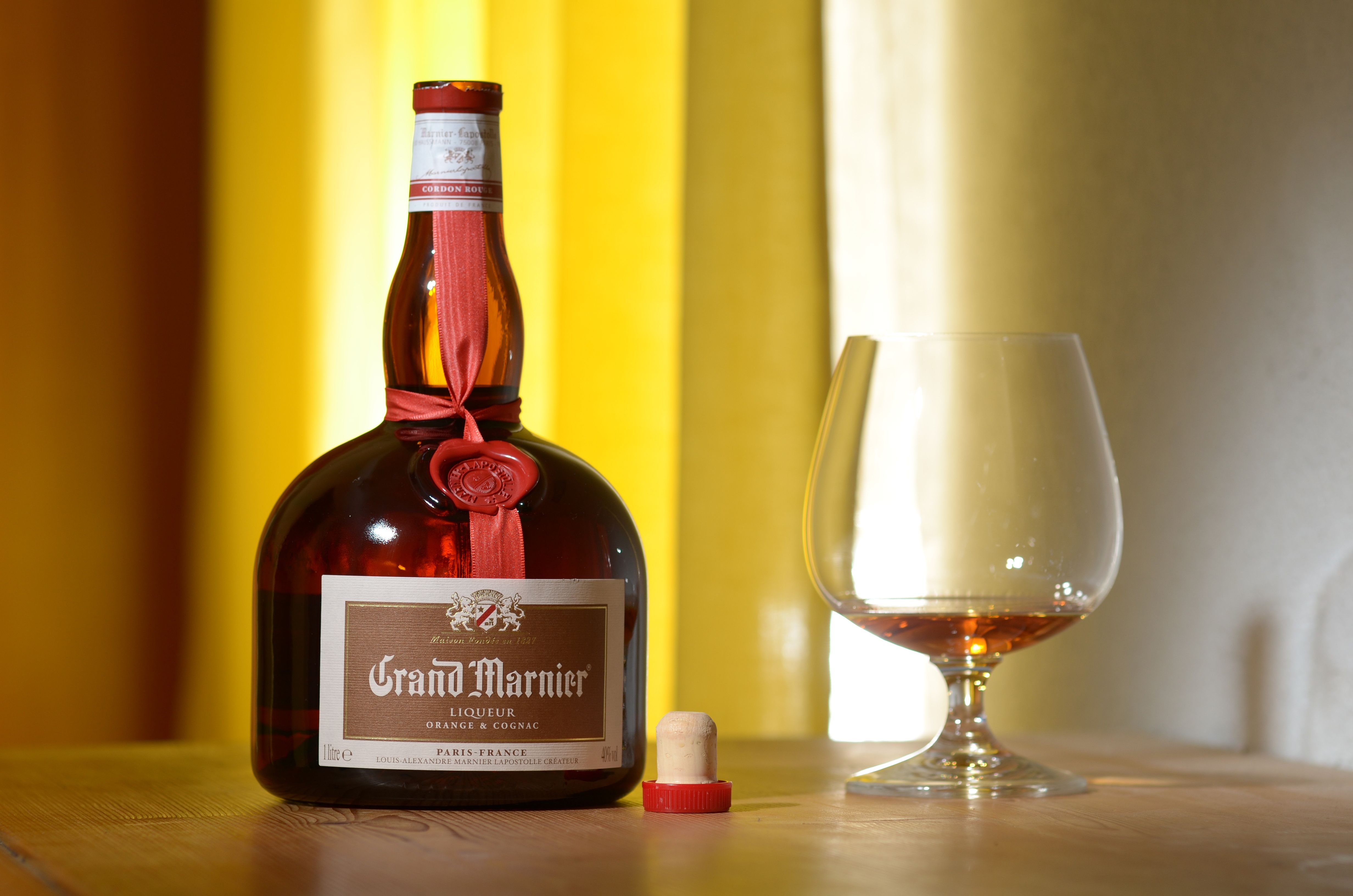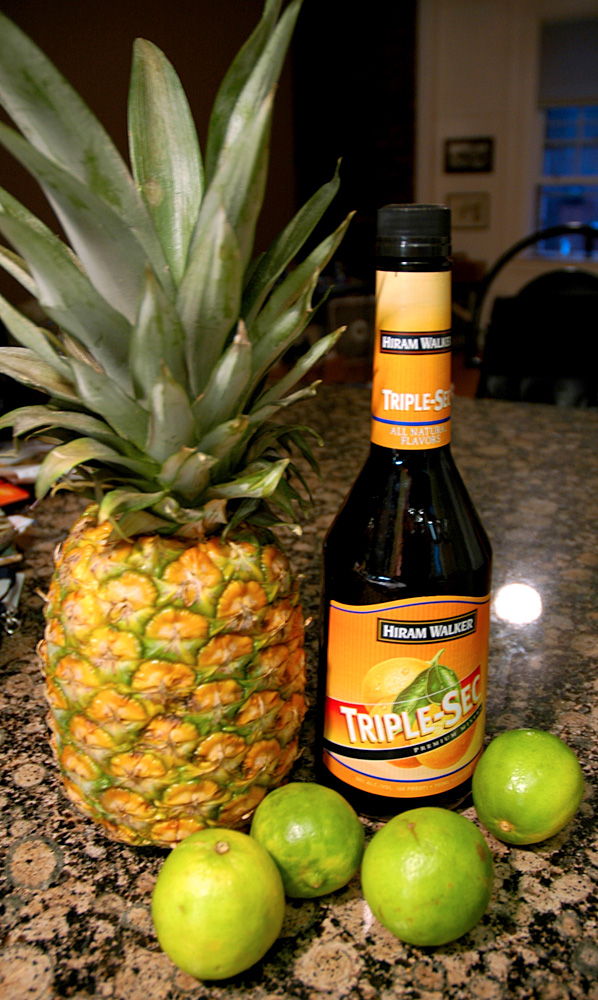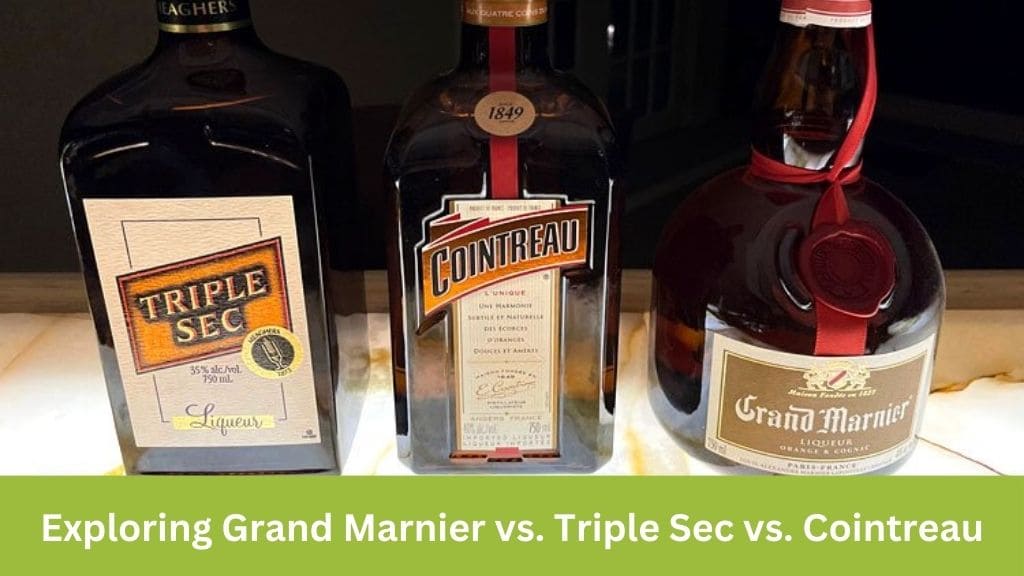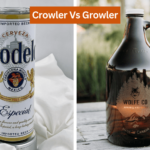Orange liqueurs have long been a staple in the world of mixology, adding depth, complexity, and sweetness to countless cocktails and desserts. Among the most famous are Grand Marnier, Triple Sec, and Cointreau. Despite sharing a common base ingredient – oranges – these liqueurs exhibit distinct characteristics that can significantly impact the flavor and composition of your favorite libations. In this comprehensive guide, we’ll delve into the nuances of Grand Marnier, Triple Sec, and Cointreau, exploring their origins, flavor profiles, recommended uses, and more.
What Are Orange Liqueurs?
:max_bytes(150000):strip_icc()/Grand-Marnier-Explainer-FT-BLOG1222-7b8b597e1a44414ca6799ec943c39d7d.jpg)
Before we dive into the specifics of each orange liqueur, let’s take a moment to understand what sets them apart from other spirits and how they contribute to the world of mixology.
Orange liqueurs, as the name suggests, are spirits infused with the flavor of oranges. They typically contain a blend of orange peel, alcohol, and sugar, resulting in a sweet and aromatic beverage that can be enjoyed on its own or used as a key ingredient in cocktails and desserts.
The Role of Orange Liqueurs in Mixology

Orange liqueurs play a multifaceted role in mixology, contributing significantly to the flavor, texture, and overall experience of cocktails. Here’s a deeper exploration of their role:
- Flavor Enhancement: Orange liqueurs infuse cocktails with vibrant citrus notes, adding complexity and depth to the flavor profile. Whether it’s the zesty brightness of Triple Sec, the warm complexity of Grand Marnier, or the clean citrusy essence of Cointreau, these liqueurs elevate the taste of cocktails, making them more nuanced and enjoyable.
- Balancing Sweetness: In mixology, achieving the perfect balance of sweet, sour, and bitter is crucial. Orange liqueurs provide a natural sweetness that helps to balance the acidity of citrus juices or the bitterness of spirits like tequila or whisky. This balance ensures that cocktails are not overly sweet or tart, resulting in a harmonious blend of flavors.
- Aromatic Complexity: Beyond their taste, orange liqueurs contribute to the aromatic profile of cocktails, adding enticing scents that stimulate the senses. The aroma of orange peel, citrus oils, and subtle botanicals enhances the overall drinking experience, enticing the palate before the first sip.
- Texture and Mouthfeel: Orange liqueurs also influence the texture and mouthfeel of cocktails, imparting a silky smoothness or velvety richness that enhances the drinking experience. Whether it’s the syrupy consistency of Triple Sec, the refined elegance of Cointreau, or the luxurious mouthfeel of Grand Marnier, these liqueurs add a tactile dimension to cocktails, making them more satisfying to sip.
- Versatility and Creativity: One of the most exciting aspects of orange liqueurs in mixology is their versatility. From classic cocktails like the Margarita and Cosmopolitan to modern craft creations, these liqueurs serve as essential building blocks for countless recipes. Mixologists can experiment with different combinations and proportions to create unique and innovative drinks that showcase the versatility of orange liqueurs.
Orange liqueurs play a fundamental role in mixology, serving as indispensable ingredients that enhance the flavor, balance, and complexity of cocktails. Whether used as a primary component or a subtle accent, these liqueurs add a touch of brightness, warmth, and sophistication to every drink they grace.
Grand Marnier: The Elegance of Cognac Infusion

Grand Marnier stands out among orange liqueurs for its unique blend of orange liqueur and cognac, a type of brandy produced in the Cognac region of France. Let’s explore what sets Grand Marnier apart from its counterparts.
Origins and History
- Grand Marnier’s Heritage: Founded in 1880 by Louis-Alexandre Marnier Lapostolle, Grand Marnier has a rich heritage rooted in French craftsmanship and tradition.
- The Cognac Connection: What sets Grand Marnier apart is its infusion of cognac, which adds depth, complexity, and a warm, spicy character to the liqueur.
Flavor Profile
- Warmth of Cognac: Grand Marnier boasts a distinctive warmth and complexity derived from its cognac infusion, making it ideal for cocktails that call for a deeper, more nuanced flavor profile.
- Sweet Citrus Notes: Despite its cognac base, Grand Marnier retains the sweet, citrusy essence of oranges, balancing richness with brightness.
Recommended Uses
- Classic Cocktails: Grand Marnier shines in classic cocktails like the Sidecar, where its cognac infusion complements the other ingredients perfectly.
- Desserts: From Crêpes Suzette to chocolate soufflés, Grand Marnier adds a touch of sophistication to desserts, enhancing flavors with its complex profile.
Triple Sec: The Versatile Workhorse

Triple Sec is a versatile and widely-used orange liqueur known for its affordability and adaptability in a variety of cocktails. Let’s explore what makes Triple Sec a favorite among mixologists.
Origins and Varieties
- Global Production: Unlike Grand Marnier, which is produced by a single distillery, Triple Sec is manufactured by numerous brands around the world, resulting in a wide range of styles and quality levels.
- Affordability: Triple Sec is often more economical than other orange liqueurs, making it accessible to both amateur and professional mixologists alike.
Flavor Profile
- Sweet and Citrusy: Triple Sec is characterized by its sweet, orange-forward flavor profile, with varying degrees of complexity and authenticity depending on the brand and quality.
- Versatility: Its relatively neutral flavor profile makes Triple Sec suitable for a wide range of cocktails, from Margaritas to Cosmopolitans.
Recommended Uses
- Mixing Cocktails: Triple Sec is a staple in countless cocktail recipes, where its sweetness and citrus notes help balance other ingredients.
- Budget-Friendly Options: For those on a budget, Triple Sec offers a cost-effective alternative to pricier orange liqueurs without sacrificing flavor.
Cointreau: The Epitome of Elegance
:max_bytes(150000):strip_icc()/cointreau-cosmopolitan-1-0121-2000-horiz-958fd1f7503a4b1e824453c8d3a1e7ba.jpg)
Cointreau is renowned for its elegant simplicity and versatility, making it a favorite among bartenders and home mixologists alike. Let’s explore what sets Cointreau apart from its counterparts.
Origins and Distinction
- French Tradition: Cointreau has been produced in France since the 19th century, with a focus on quality and craftsmanship that has made it a beloved staple in the world of mixology.
- Distinctive Bottle: Cointreau is instantly recognizable by its square-sided amber bottle, a symbol of its refined elegance and heritage.
Flavor Profile
- Clean Citrus Notes: Cointreau’s flavor is characterized by its clean, bright citrus notes, with a subtle sweetness that enhances rather than overwhelms other ingredients.
- Versatility: Cointreau’s balanced flavor profile makes it suitable for a wide range of cocktails, from classic Margaritas to modern craft creations.
Recommended Uses
- Classic Cocktails: Cointreau is a key ingredient in classic cocktails like the Margarita and the Cosmopolitan, where its clean, citrusy flavor shines.
- Craft Cocktails: Its versatility and balance make Cointreau a favorite among mixologists for crafting innovative cocktails that showcase its elegant simplicity.
Is it Possible to Substitute Triple Sec with Grand Marnier?
Yes, you can generally swap Triple Sec for Grand Marnier in cocktails, but it’s important to consider the differences between the two liqueurs and how they might affect the final drink.
Here are some factors to consider:
- Flavor Profile: Triple Sec tends to be sweeter and more orange-forward, while Grand Marnier has a richer, more complex flavor profile with notes of cognac. Swapping Triple Sec for Grand Marnier may result in a sweeter and less nuanced cocktail, while swapping Grand Marnier for Triple Sec could add depth and complexity to the drink.
- Cost: Grand Marnier is typically more expensive than Triple Sec, so swapping Grand Marnier for Triple Sec may increase the cost of making the cocktail.
- Alcohol Content: Grand Marnier has a higher alcohol content than most Triple Sec brands, so swapping Triple Sec for Grand Marnier may result in a stronger cocktail.
- Cocktail Specifics: Some cocktails may be more forgiving of substitutions than others. For example, in a simple cocktail like a Margarita, swapping Triple Sec for Grand Marnier may yield a slightly different flavor profile but still result in a delicious drink. However, in more complex cocktails where the specific flavor profile of Grand Marnier is key, such as the Sidecar, swapping Triple Sec for Grand Marnier may significantly alter the character of the cocktail.
Conclusion
In the world of mixology, the choice between Grand Marnier, Triple Sec, and Cointreau ultimately comes down to personal preference and the specific requirements of your cocktail recipe. Whether you’re drawn to the warmth and complexity of Grand Marnier, the versatility of Triple Sec, or the elegance of Cointreau, each orange liqueur offers its own unique contribution to the art of cocktail making. Experiment with different brands and styles to discover which one best suits your palate and creative vision, and elevate your cocktail game to new heights with these iconic spirits.
I’m Chen Mina, from Vol de Nuit, who has a special passion for bartending, especially mixing wine, beer, and cooktail. Here you will find content about alcoholic beverages, I will bring you knowledge that few people know about this drink.





